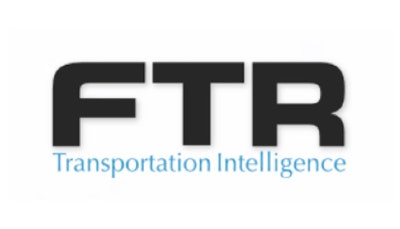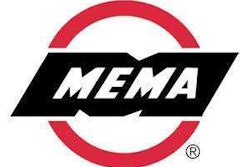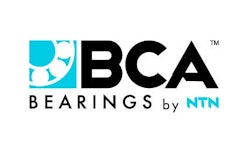
FTR has released the results of its recent analysis of the trade relationship between Mexico and the United States.
In publishing its analysis, FTR says that although the U.S. goods trade deficit with Mexico is about $80 billion, the U.S. has held a longstanding trade surplus with Mexico in terms of rail tonnage and a growing truck tonnage surplus over the past three years.
FTR says the analysis was completed with its Freight•cast forecasting model, which enabled the firm to translate value-based trade data published by the Bureau of Transportation Statistics into transportation tonnage and loadings to and from Mexico and Canada. The forecasting firm adds its analysis of cross-border trade data has been ongoing for several months and happened to conclude around the time President Trump announced tariffs on all imports from Mexico, effective June 10.
“With China continuing to be problematic, we know that there had been some shifting of sourcing to Mexico, so potential tariffs on Mexican imports raise important questions,” says Eric Starks, FTR chairman and CEO. “Either we lose this freight, see increased costs, or both.”
The U.S. rail sector has run a significant surplus of tonnage into Mexico for years, but FTR reports U.S.-Mexico truck tonnage had been more balanced until 2016, when the U.S. trucking sector posted its first meaningful surplus since 2008. The picture looks a bit different regarding loads into and out of Mexico. Rail loadings are volatile year to year, but the U.S. runs a deficit of truck loads to the tune of about 800,000 a year.
The company adds rail movements into and out of Mexico represent about 3.2 percent of all U.S. rail moves, and that portion has grown steadily since 2009. Excluding intermodal, U.S.-Mexico traffic represents about 5.5 percent of total U.S. rail moves, and that number has nearly doubled since 2009.
Finally, FTR estimates that truck loads into and out of Mexico make up just 1.5 percent of all U.S. truck loadings, but that share has risen by about 50 percent since 2009.
“Rail is more exposed than truck even though it has a smaller portion of overall crossborder freight,” Starks says. “Changes in freight would be felt quicker by the rail sector. If we assume a retaliation by Mexico, rail could be hit further because Mexico potentially has other ready sources for some of the most important rail exports to Mexico, such as fuel and grain.”
Though with truck, while the share of overall truck volume dedicated to Mexico is small, FTR adds a big piece of that are parts for vehicles, computers, and machinery.
“If the trucking freight went away, that in itself would not be a death knell for trucking, but the broader issue is the exponential impact on U.S. manufacturing,” Starks says.










